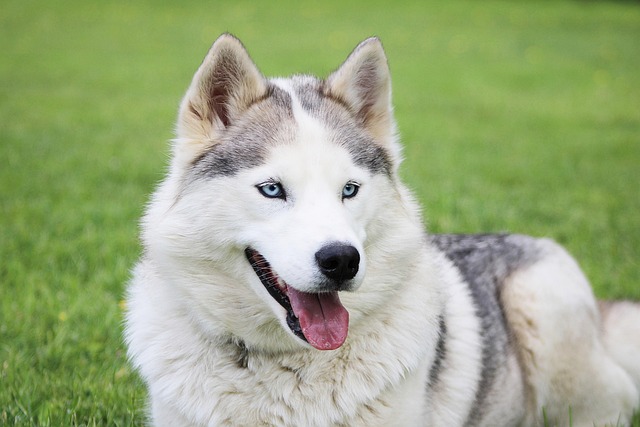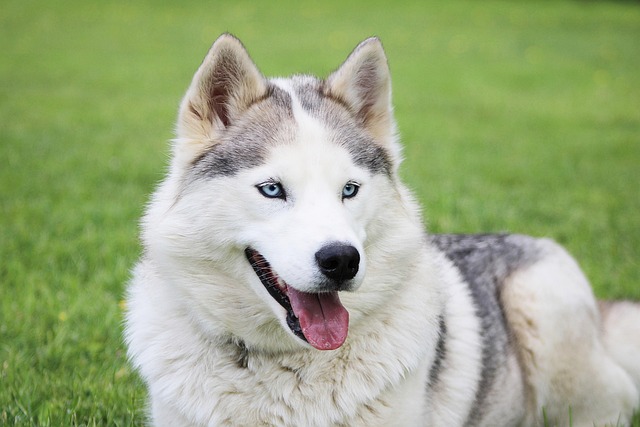
How do I condition my dog’s fur
If you’re a new dog owner in California staring at your 1-year-old Golden Retriever’s matted tail after a bath, yanking gently and feeling them flinch, or a first-timer in Ohio
Watching your dog stumble a little as they come home from the vet after teeth pulling can leave any pet owner worrying—when will they stop wincing at mealtime, and when will their playful energy come back? You’re not alone in wondering about their recovery timeline; every dog’s healing journey is a mix of the procedure’s complexity, your daily care, and even following local rules that keep your pup safe.
Most dogs start feeling better within 48 to 72 hours after teeth pulling, but full healing takes longer depending on the procedure. Simple extractions—like removing a loose baby tooth or a single broken tooth—usually wrap up in 7 to 10 days. For more complex cases, such as extracting multiple impacted molars or dealing with gum disease, healing can stretch to 2 to 3 weeks. During this time, you’ll notice less swelling around their mouth, and they’ll gradually go back to eating normally instead of picking at soft food.
It’s crucial to follow your vet’s instructions closely, and not just for your dog’s comfort—many European countries and U.S. states have pet welfare laws that require proper post-surgery care. In the UK, for example, keeping records of your dog’s veterinary visits (including post-extraction check-ups) is part of complying with local council regulations. In some U.S. states, failing to address complications like infection could be considered neglect under animal welfare acts, so monitoring for redness, pus, or refusal to eat for more than 24 hours is key.
 Your daily care routine plays a big role in how fast your dog heals. Stick to soft, room-temperature meals—think mashed sweet potato or vet-recommended wet food—for the first week; hard kibble can irritate the extraction sites. Avoid giving them chew toys or bones until your vet gives the okay, as these can dislodge the blood clots that help healing. Some vets suggest gentle mouth rinses with a pet-safe solution, but never use human mouthwash—it can be toxic to dogs.
Your daily care routine plays a big role in how fast your dog heals. Stick to soft, room-temperature meals—think mashed sweet potato or vet-recommended wet food—for the first week; hard kibble can irritate the extraction sites. Avoid giving them chew toys or bones until your vet gives the okay, as these can dislodge the blood clots that help healing. Some vets suggest gentle mouth rinses with a pet-safe solution, but never use human mouthwash—it can be toxic to dogs.
Behavioral cues also tell you how well healing is going. A dog in pain might hide, whimper when touched around the face, or drool more than usual. If you see these signs after the first few days, call your vet—they might need to adjust pain medication. Remember, dogs can’t tell you when something hurts, so watching their habits (like whether they’re drinking enough water or grooming normally) is part of responsible care, which aligns with European and U.S. standards for pet ownership.
By the end of the healing period, your dog should be back to their playful self, and their gums will look pink and healthy instead of red or swollen. Always keep a copy of the vet’s post-extraction report—this not only helps if you need follow-up care but also proves compliance with local pet laws. With patience and proper care, most dogs recover fully from teeth pulling without long-term issues.

If you’re a new dog owner in California staring at your 1-year-old Golden Retriever’s matted tail after a bath, yanking gently and feeling them flinch, or a first-timer in Ohio

If you’re a new dog owner in California staring at your 1-year-old Golden Retriever’s matted fur after a bath, or a first-timer in Ohio wondering

If you’re a new dog owner in California staring at your 8-month-old Pug’s ear meds, wondering when she’ll stop scratching

Noticing a red, goopy eye in your dog can be alarming, and your first instinct might be to reach for a washcloth. While that's a good start

If you’re a new dog owner in Florida rushing your 6-month-old Corgi to the vet because her eyes are red and oozing, or a first-timer in Ohio panicking when your Lab mix won’t stop rubbing

If you’re a new dog owner in California pacing your living room, watching your 8-month-old Beagle lick their front paw raw after a walk